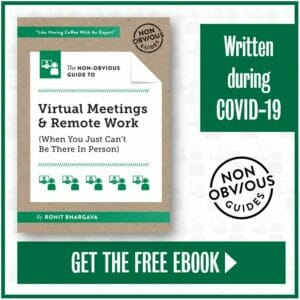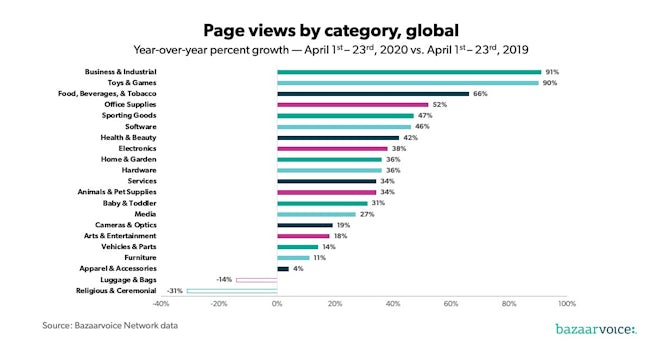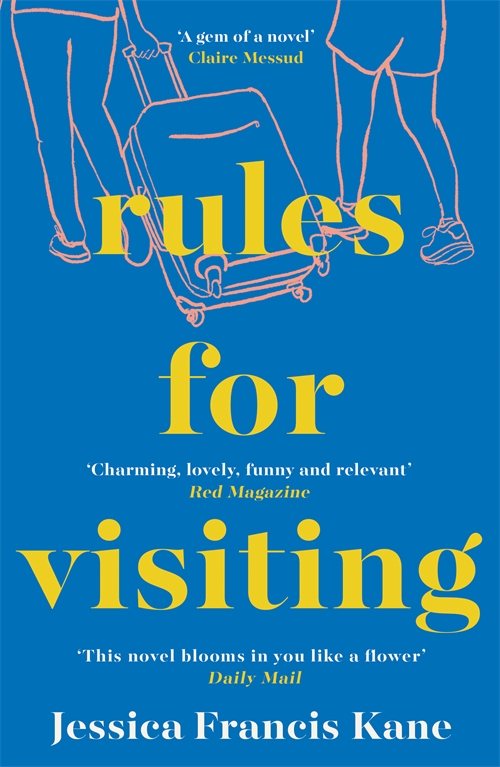http://feedproxy.google.com/~r/OnlineMarketingSEOBlog/~3/1iAVi4ucvmw/
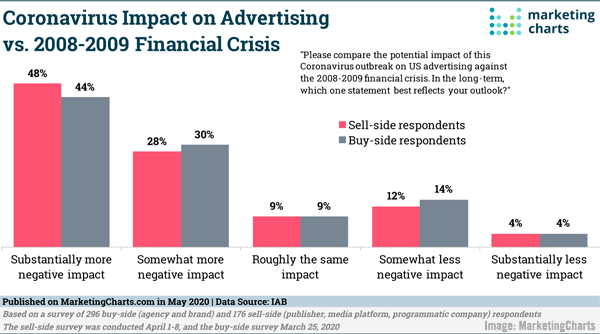

How COVID-19 Is Impacting Business Event Planning
70 percent of business event planners have changed previously-planned in-person events to virtual platforms due to the pandemic, and 47 percent expect that once it ends people will still be hesitant to travel, with 27 percent expecting a swift uptick in real-world events due to pent-up demand, according to newly-released survey data from the Professional Convention Management Association (PCMA). MarketingProfs
Google ad sales steady after coronavirus drop; Alphabet leads tech share rally
2020 first-quarter advertising sales at Google tallied $33.8 billion, with 73 percent coming from search and 12 percent from its YouTube property, and Google’s ad business accounting for some 83 percent of revenue for parent firm Alphabet, according to newly-released financial results. Reuters
Spotify-owned Anchor can now turn your video chats into podcasts
Spotify will utilize its Anchor property to make it possible to convert video meeting content into podcasts, offering marketers new options for making use of a virtual hangout video content podcast conversion feature, Spotify recently announced. TechCrunch
Google’s new Podcasts Manager tool offers deeper data on listener behavior
Google has rolled out a new podcast analytics data feature — Podcasts Manager — that provides marketers an assortment of new podcast listening data, the search giant recently announced. Marketing Land
LinkedIn’s up to 690 Million Members, Reports 26% Growth in User Sessions
LinkedIn (client) saw its user base increase to 690 million members — up from 675 in January — with an accompanying 26 percent increase in user sessions, and LinkedIn Live streams that increased by some 158 percent since February, according to parent firm Microsoft’s latest earnings release. Social Media Today
Advertisers Continued to Gravitate to Instagram in Q1
Advertisers moved to spend more on Instagram during the first quarter of 2020, with ad spending up 39 percent year-over-year on the platform, holding steady at 27 percent of parent company Facebook’s total ad spend, according to recently-released Merkle data. MarketingCharts
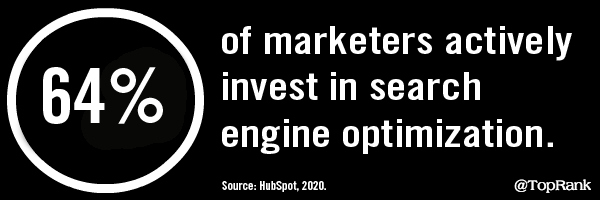
Brands Are Using More Data And Spending More On It: Study
B2B marketers are making greater use of data and spending increasingly to gather it, according to recent report data from Ascend2, showing that 47 percent use engagement data to make marketing decisions, one of several report statistics of interest to digital marketers. MediaPost
Most consumers are trying new brands during social distancing, study finds
Brands are seeing newfound levels of audience interest, with an uptick in consumer interest for trying new brands that has been observed during the pandemic, with members of the Gen Z and Millennial demographic seeing the biggest increases, according to recently-released survey data. Campaign US
Marketers Ante Up for In-Game Advertising
A $3 billion in-game advertising market in the U.S. alone has attracted additional advertisers, and a new Association of National Advertisers (ANA) examination of data from eMarketer found some surprises in that most mobile gamers were over 35, with 20 percent being over 50, while the majority were female, several of the in-game advertising statistics of interest to digital marketers. ANA
Data Hub: Coronavirus and Marketing [Updated]
Digital marketing has fared better than traditional campaigns in the face of the global health crisis, according to newly-released survey data from the Interactive Advertising Bureau (IAB) exploring the differences between the pandemic and the 2008 recession. MarketingCharts
ON THE LIGHTER SIDE:
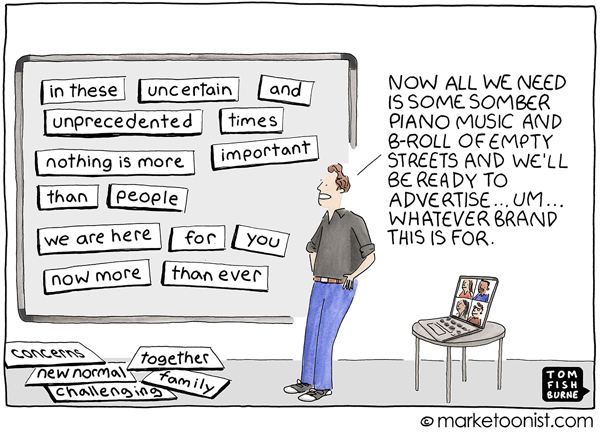
A lighthearted look at generic advertising “in these uncertain times” by Marketoonist Tom Fishburne — Marketoonist
WHO Releases New Guidelines to Avoid Being Nominated for Viral Challenges — The Hard Times
Major Relief: Microsoft Has Confirmed That The Xbox Series X Will Play Video Games — The Onion
TOPRANK MARKETING & CLIENTS IN THE NEWS:
- Lee Odden — What’s Trending: Embracing Data — LinkedIn (client)
- Lee Odden — 10 Expert Tips for Marketing During a Crisis — Oracle (client)
- Lee Odden — Klear Interviews Lee Odden, CEO, TopRank Marketing [Video] — Klear
- Lee Odden and TopRank Marketing — Pandemic Cross-Country Skiing in Duluth, Minnesota: A Personal Timeline — Lane R. Ellis
Have you got your own top B2B content marketing or digital advertising stories from the past week of news? Please let us know in the comments below.
Thanks for taking time to join us, and we hope you will join us again next Friday for more of the most relevant B2B and digital marketing industry news. In the meantime, you can follow us at @toprank on Twitter for even more timely daily news. Also, don’t miss the full video summary on our TopRank Marketing TV YouTube Channel.





 One of the nicest things about presenting from my home office is that I can have all the tools I usually use right next to me. So while I used to share a picture of a stack of books that I read from the stage, now I can actually SHOW people the stack. Props are a great way to break up the monotony of a talk and bring your personality too.
One of the nicest things about presenting from my home office is that I can have all the tools I usually use right next to me. So while I used to share a picture of a stack of books that I read from the stage, now I can actually SHOW people the stack. Props are a great way to break up the monotony of a talk and bring your personality too.
